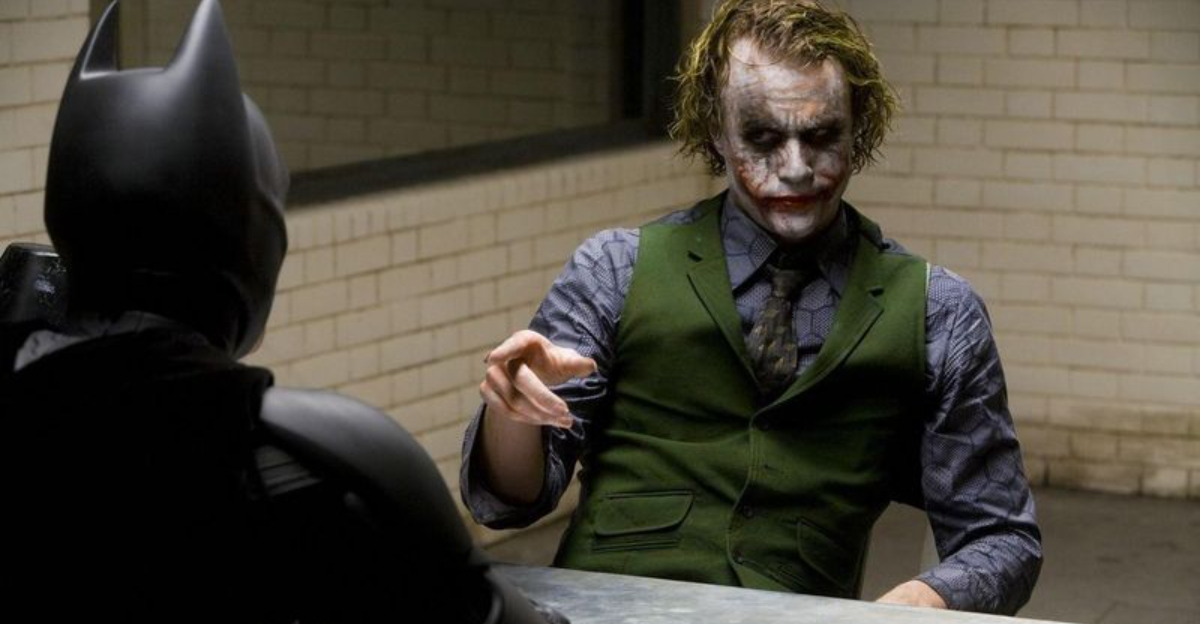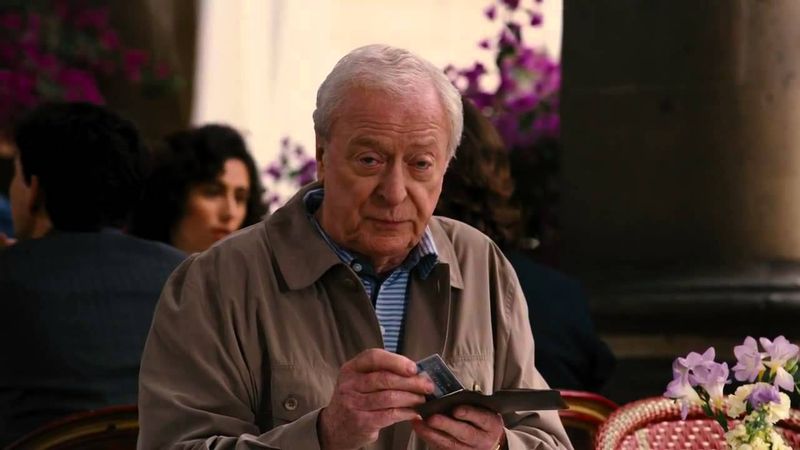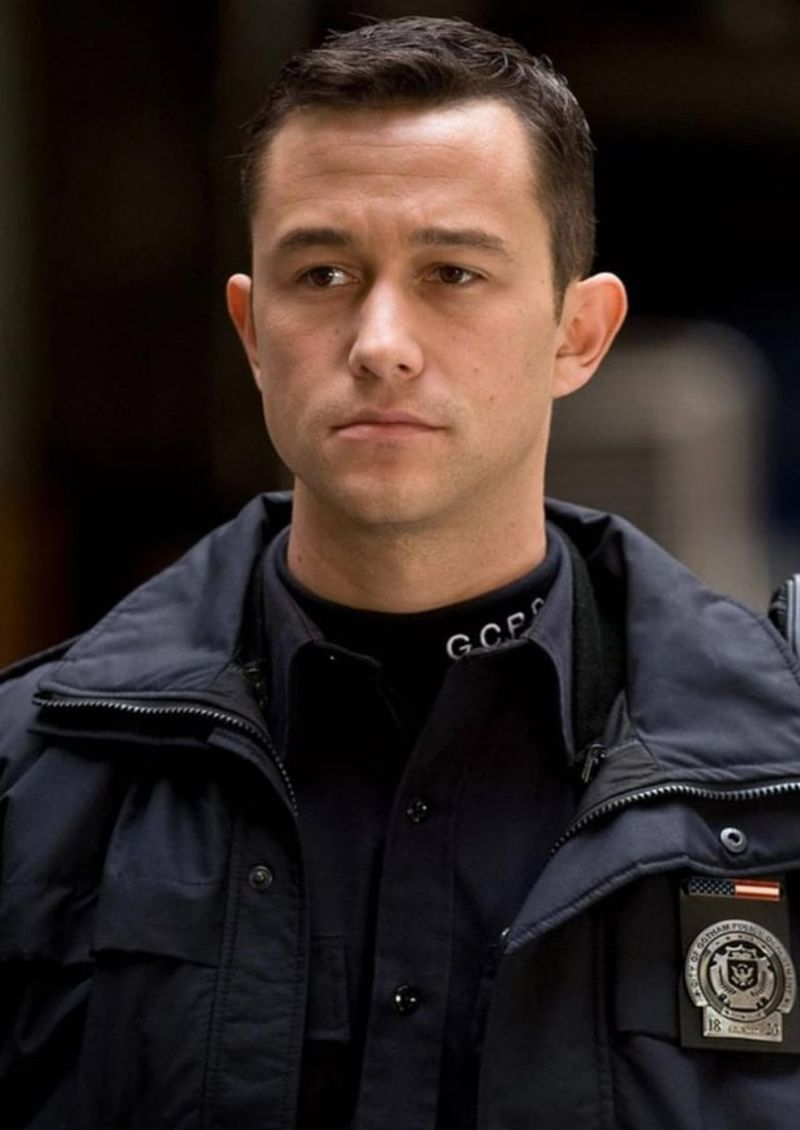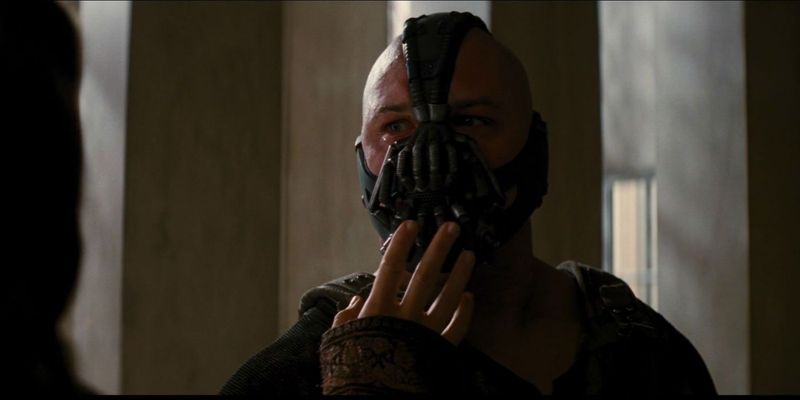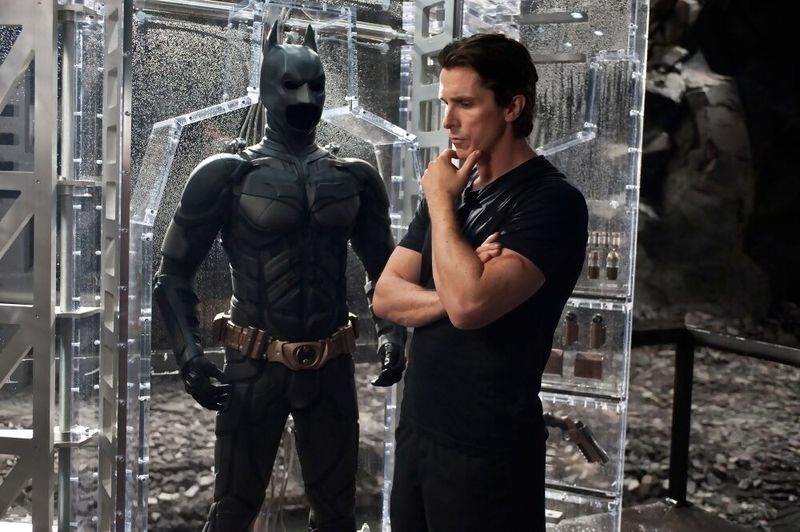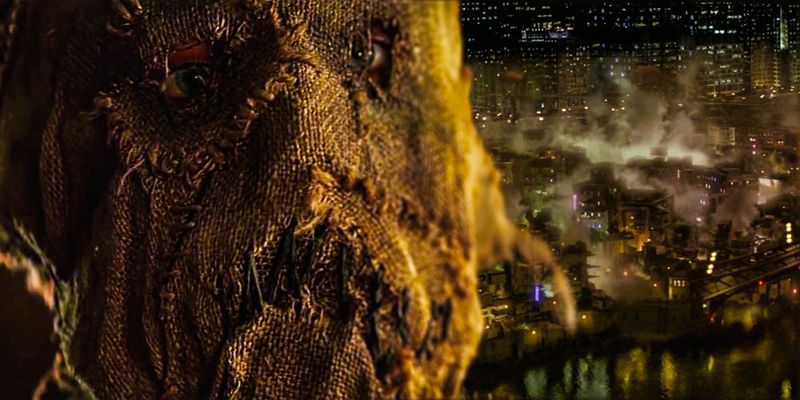Christopher Nolan’s Dark Knight trilogy redefined the superhero genre with its gritty realism, cerebral villains, and haunting themes. But beneath the surface of Gotham’s chaos lies a treasure trove of fan theories—some outlandish, others surprisingly convincing. From secret identities to alternate endings, these 9 Batman theories just might reveal more than Nolan let on.
1. The Joker Is a Former Military Operative
Could the Joker’s chaotic brilliance come from a disciplined past? Fans theorize he’s a former soldier, with his strategic mind and combat skills hinting at military training. His changing scar stories resemble psychological tactics seen in warfare. One moment, he’s a sadist; next, a tortured soul. Perhaps his mind broke under the weight of war. His intimate knowledge of explosives and firearms adds credence to this dark past. Gotham’s nemesis, once a proud warrior, now dances on the chaotic strings of his own making. This soldier-gone-rogue concept provides depth to his unpredictable madness.
2. Alfred Imagined the Ending in The Dark Knight Rises
In Florence, Alfred spots Bruce at a café, a scene drenched in ambiguity. Some argue it’s a figment of Alfred’s imagination, a wishful closure after Bruce’s apparent sacrifice. Alfred, burdened by grief, might weave dreams where Bruce survives, living the life he longed for him. The peaceful café contrasts sharply with Gotham’s chaos, almost too perfect to be real. Nolan leaves it open-ended, allowing viewers to choose hope or reality. Is it a beautiful lie, birthed from love and loss? This dream theory adds layers to Alfred’s enduring devotion.
3. John Blake Becomes More Than Robin—He’s the Next Batman
John Blake, introduced as a cop with a keen sense of justice, discovers the Batcave, hinting at more than just Robin’s legacy. Fans speculate he becomes the new Batman, inheriting Bruce’s mantle. His real name, Robin, acts as a connection, yet his determination speaks to a larger role. A city in need, a hero reborn; Blake’s journey is about more than symbolism. He embodies the spirit of Gotham’s protector, ready to step into the shadows. This successor theory paints Blake as a beacon of hope, continuing Bruce’s mission with renewed purpose.
4. Bane Is Talia’s Puppet, Not the True Mastermind
Bane’s presence is commanding, yet Talia al Ghul stands as the true puppeteer, leading some to believe his role exaggerated to mislead. While Bane executes plans with brute force, Talia’s strategic mind orchestrates the symphony of chaos. Their partnership is a blend of strength and intellect, but Talia’s lineage and vengeance drive the narrative. Could Bane’s backstory be an inflated tale, masking Talia’s cunning? The revelation of her influence reshapes perceptions, showing her as the shadowy architect. The puppetmaster theory adds layers to Bane’s fearsome facade, revealing hidden depths.
5. Bruce Wayne Never Truly Came Back from the Pit
What if Bruce never truly escaped the pit? This theory suggests his return is a vivid dream, a dying man’s final vision. The pit, a prison for body and soul, becomes a metaphor for his struggle. Some fans argue the tone shift after his escape hints at surreal storytelling. Visual symbolism and thematic contrasts support this dream notion. Could his journey be the last breath of a warrior, imagining victory? This perspective casts the trilogy’s end as a poignant farewell, blurring lines between reality and aspiration.
6. Harvey Dent Was the Real Hero of The Dark Knight
Harvey Dent, Gotham’s white knight, faces a tragic fall from grace. While Batman shoulders the blame, Dent’s stand against corruption paints him as a true hero. His transformation into Two-Face reflects the city’s dual nature—hope and despair intertwined. The cover-up preserves his image, yet his ideals linger, a beacon in darkness. Dent’s narrative arc, from idealism to chaos, sparks debate over his legacy. Could his downfall be Gotham’s salvation? The theory positions Dent as the hero Gotham needed, a tragic symbol of its eternal struggle.
7. The Joker Knows Batman’s Identity
“You complete me,” the Joker declares, a phrase loaded with potential insight. Theories suggest he knows Batman’s true identity, yet doesn’t reveal it, relishing in their symbiotic chaos. He targets Bruce’s close associates, indicating suspicion or knowledge. The Joker thrives on mayhem, not unmasking; his games more thrilling without revealing cards. Imagine a villain who knows but chooses silence, valuing the dance over the reveal. Their entwined destinies fuel Gotham’s narrative, a chess game with hidden moves. The Joker, ever the enigma, might hold this secret like a final ace.
8. Scarecrow’s Fear Toxin Still Affects Gotham in Every Movie
The lingering effects of Scarecrow’s fear toxin weave through Gotham’s narrative. Introduced in Batman Begins, its psychological impact fuels paranoia, even in its absence. Could this lingering dread explain the city’s escalating chaos? Fans speculate fear’s shadow influences vigilantes and villains alike, an unseen hand guiding madness. Gotham, a city on edge, lives in a perpetual state of anxiety. This theory suggests Crane’s legacy extends beyond his defeat, shaping the trilogy’s atmosphere. It paints a city forever haunted by its own demons, fear’s subtle reign unbroken.
9. Bruce Wayne Was Always Planning to Quit Being Batman
From the start, Bruce Wayne seeks an end to his Batman persona. His mission was never about eternal heroism but finding an exit. Each step, from training to fighting, aims to restore Gotham so he can retire. Plans for successors signal his intent, not loss of hope. This journey mirrors his personal growth; a man seeking purpose, then peace. Could Gotham’s savior long for simplicity? This theory suggests the trilogy’s arc is about leaving behind the mask, a calculated exit strategy rooted in legacy and healing.
